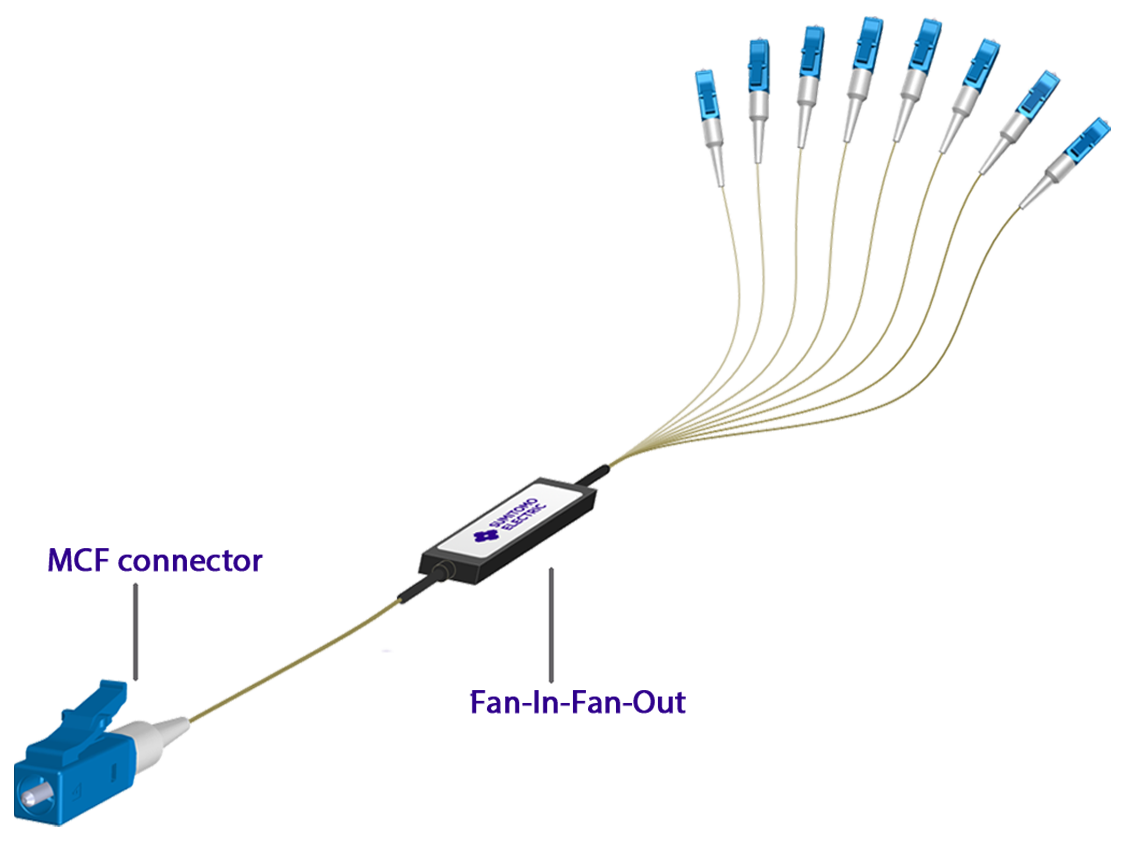Contents

Source: Sumitomo Electric
Understanding Multi-Core Optical Fibers
Introduction to Multi-Core Fibers
Optical fibers are the backbone of modern telecommunications, facilitating the transmission of vast amounts of data across the globe. While most optical fibers feature a single core, advancements in technology have led to the development of multi-core fibers. These fibers contain multiple cores, which can be arranged in various configurations such as a ring or a two-dimensional grid. Multi-core fibers offer significant advantages in terms of data transmission capacity and efficiency.
Fabrication Techniques
Multi-core fibers can be fabricated using two primary methods: all-glass fiber technology and photonic crystal fibers. The all-glass method involves creating a preform with multiple cores, which is then drawn into a fiber. In contrast, photonic crystal fibers utilize air holes and complex bundles of rods and tubes to form the multiple cores. Both methods have their unique advantages and applications.
Guiding Light in Multi-Core Fibers
Each core in a multi-core fiber can act as an independent waveguide, allowing light to propagate through the fiber. However, when cores are closely spaced, mode coupling can occur, causing light to transfer between cores. This phenomenon is akin to the behavior seen in fused fiber couplers. To manage this, engineers compute supermodes, which are stable field configurations despite the coupling. Numerical simulations are often used to analyze light propagation, considering factors like random fluctuations in fabrication.
Applications in Telecommunications
The growing demand for data transmission capacity has driven the exploration of multi-core fibers in telecommunications. By employing space division multiplexing (SDM), multiple signals can be transmitted simultaneously through separate cores, enhancing the overall transmission capacity. While weakly coupled cores simplify the system design, strong mode coupling can also be advantageous, enabling higher core density and transmission capacity through multiple-input multiple-output (MIMO) digital signal processing.
Technical Challenges
One of the key challenges in utilizing multi-core fibers is the coupling of light into and out of the multiple cores. Innovative solutions, such as laser-inscribed 3D waveguides, are being developed to address this issue. Additionally, splicing multi-core fibers requires precise alignment of the cores. The development of specialized erbium-doped fiber amplifiers for multi-core fibers is also underway, aiming to provide simultaneous amplification across all cores.
Other Applications
Beyond telecommunications, multi-core fibers find applications in areas such as fiber-optic sensors and high-power fiber lasers. In sensors, the sensitivity of core coupling to external influences like strain or temperature can be harnessed for precise measurements. In high-power laser systems, distributing optical power across multiple cores helps mitigate nonlinear effects, with the potential for coherent beam combining to enhance performance.
Simulation and Optimization
Advanced simulation techniques are crucial for optimizing multi-core fiber designs. Numerical beam propagation simulations help evaluate optical coupling, sensitivity to imperfections, and nonlinear effects. These insights guide the design process, ensuring favorable mode areas and chromatic dispersion. Efficient simulation methods, such as coupled differential equations, further enhance the ability to model complex interactions within multi-core fibers.
Conclusion
Multi-core optical fibers represent a significant advancement in fiber technology, offering enhanced data transmission capabilities and diverse applications. As research and development continue, these fibers are poised to play a crucial role in meeting the growing demands of modern communication and sensing technologies.

Source: IEEE Spectrum
Feel free to comment your thoughts.



